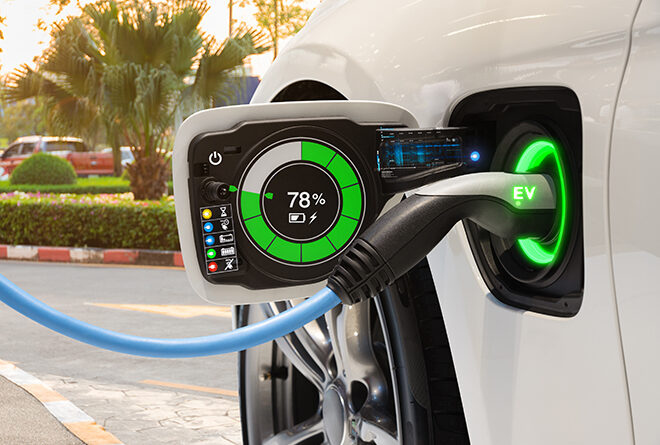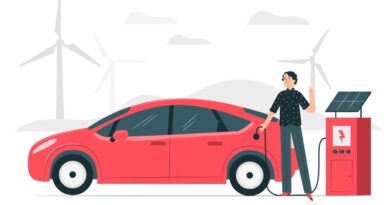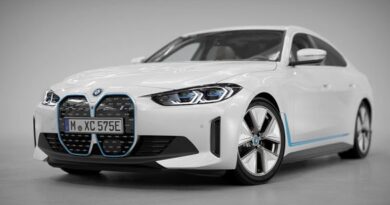IIT BHU researchers develop new technology to reduce charging costs by half
IIT BHU (Varanasi) researchers have developed a new technology in collaboration with experts from IIT Guwahati and IIT Bhubaneshwar to charge electric vehicles with the aim to cut the cost of electric vehicles.
IIT researchers have created a new onboard charger for electric vehicles that can reduce the number of components involved by half by eliminating one additional power electronics interface necessary for propulsion mode.
Why are electric vehicles expensive?
Dr. Rajeev Kumar Singh, Associate Professor and Chief Project Investigator of the Department of Electrical Engineering said, “The rising prices of petrol and diesel in the country is worrisome for the common man.”
“Electric automobiles (EVs) are the ideal alternative to traditional IC engines in the context of escalating petroleum prices and pollution levels “Added he. “The lack of high-power off-board charging infrastructure, on the other hand, forces automakers to put onboard chargers within the car.”
“Because the vehicle owner can charge his or her vehicle through the outlet, electric autos become quite pricey.”
How does the new technology work?
According to the professor, the cost of an onboard charger can be cut in half thanks to new technologies developed at the institute.
This will also lower the cost of electric automobiles dramatically.
The technology will be entirely developed in India, and it will have a huge impact on the use of electric vehicles on Indian roadways.
When will this new technology come into the market?
At IIT (BHU), lab-scale development has already been completed, and upgradation and commercialization are underway.
The country’s main electric car manufacturer has also expressed interest in this new technology and is prepared to build a full-fledged commercial product that can be applied to existing electric vehicles, according to the professor.
This technique was developed in collaboration with experts from IIT Guwahati and IIT Bhubaneswar. The entire public will be able to use electric vehicles.
Government Support for this technology
The Ministry of Electronics and Information Technology (MeitY) of the Government of India is funding this research, according to Dr. Singh.
The institute’s cutting-edge technologies will also help the government achieve its e-mobility goals.
With the help of this new technology, the country’s vehicle charging infrastructure will be strengthened, and the general public will have easier access to electric automobiles.
He went on to say that electric vehicles contribute to sustainable development since they improve community health by removing tailpipe pollutants, reducing dependency on fossil fuels, and lowering electricity costs by integrating renewable energy into existing electrical networks.
How the new electric vehicle charging technology will help man and the environment
“The new technology will help in the development of low-cost electric vehicles, which would benefit the average man,” stated Institute Director Prof. Pramod Kumar Jain.
“Technology will have a favorable impact on the technological, commercial, social, economic, and environmental sectors. The technology will help the government achieve its goal of bringing electric vehicles on Indian roads in a large way,” he said.
IIT BHU developing autonomous vehicles
Prof. Jain further mentioned that IIT (BHU) Varanasi is working on a few projects to produce autonomous and networked automobiles.
One of these projects is the Averera project, which won first place in the Shell Eco-Marathon last year.
He went on to say that the IIT (BHU) Varanasi is proposing to establish an interdisciplinary Centre on EV technologies to design, fabricate, and test battery management systems, as well as commercialize research, and solve R&D difficulties and develop human resources in the field.









